
2022 Harris Grant Report: Khirbat al-Balu‘a, Jordan
The ASOR Charles Harris Project Grant helped to fund the first season of excavations in the Islamic period village at Khirbat al-Balu‘a on the northern Karak Plateau in central Jordan. This excavation is part of the Balu‘a Regional Archaeology Project (BRAP), directed by Kent Bramlett, Monique Roddy, and Friedbert Ninow.
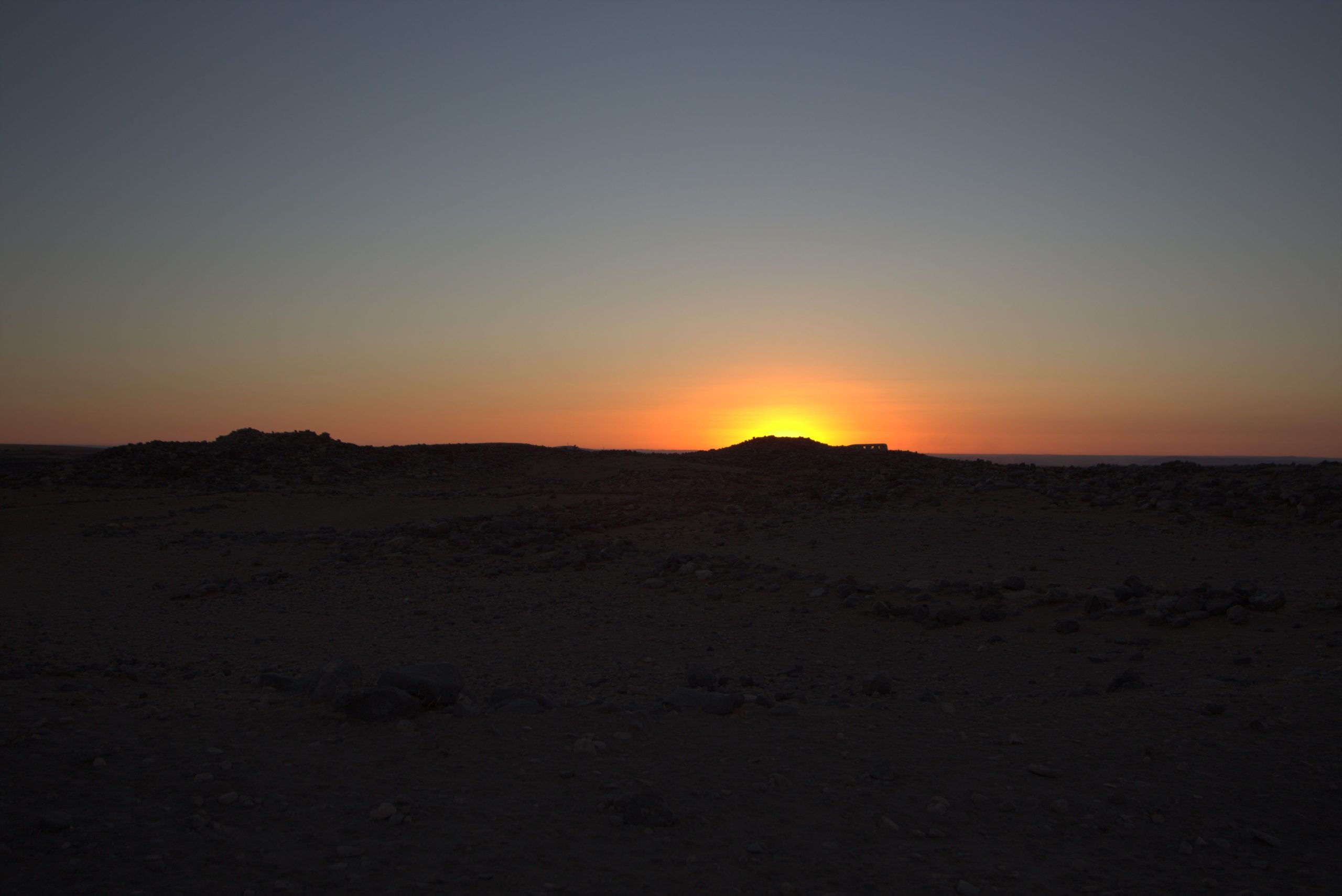
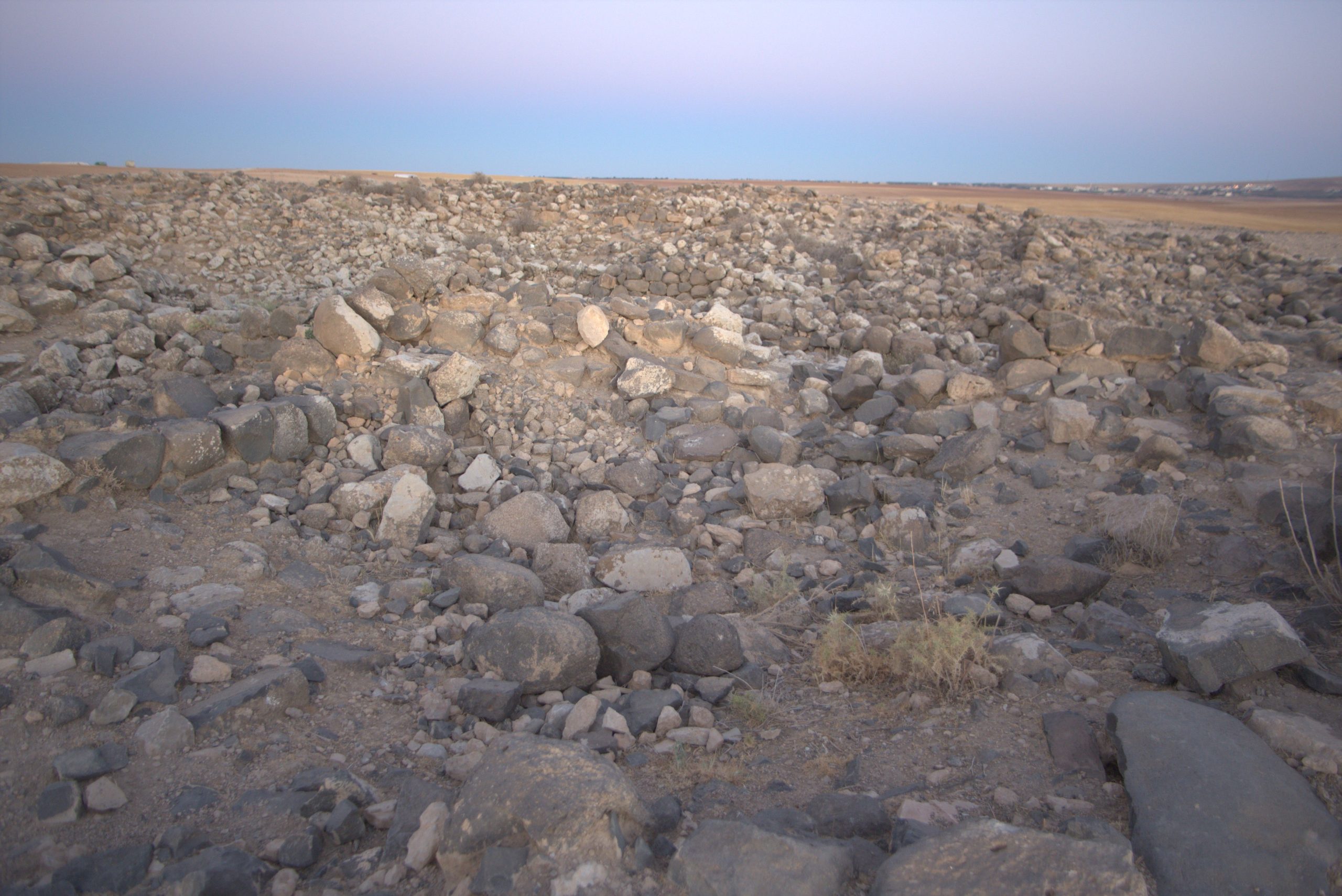
Prior to this season, BRAP has focused on investigation of the impressive Iron Age remains in the northern and eastern portions of the site, which remain a research priority. This season, the Harris Grant allowed the project to expand investigations to the Middle (ca. 1000-1400 AD) and Late (post-1400 AD) Islamic period village in the southwestern portion of the site. Much remains unknown about the village, including its name and the exact chronology of its occupation. Its location and the presence of a large (ca. 40 x 40 m) square structure, which we tentatively identify as a khan/road inn, on its western edge, however, seem to suggest that it served as a stopping point for people travelling to and from the regional capital of Karak, perhaps including caravans of hajj pilgrims during the Middle Islamic period. Other features identifiable on the surface of the village, including grain threshing floors and a small olive press, point to the village’s agricultural economy.
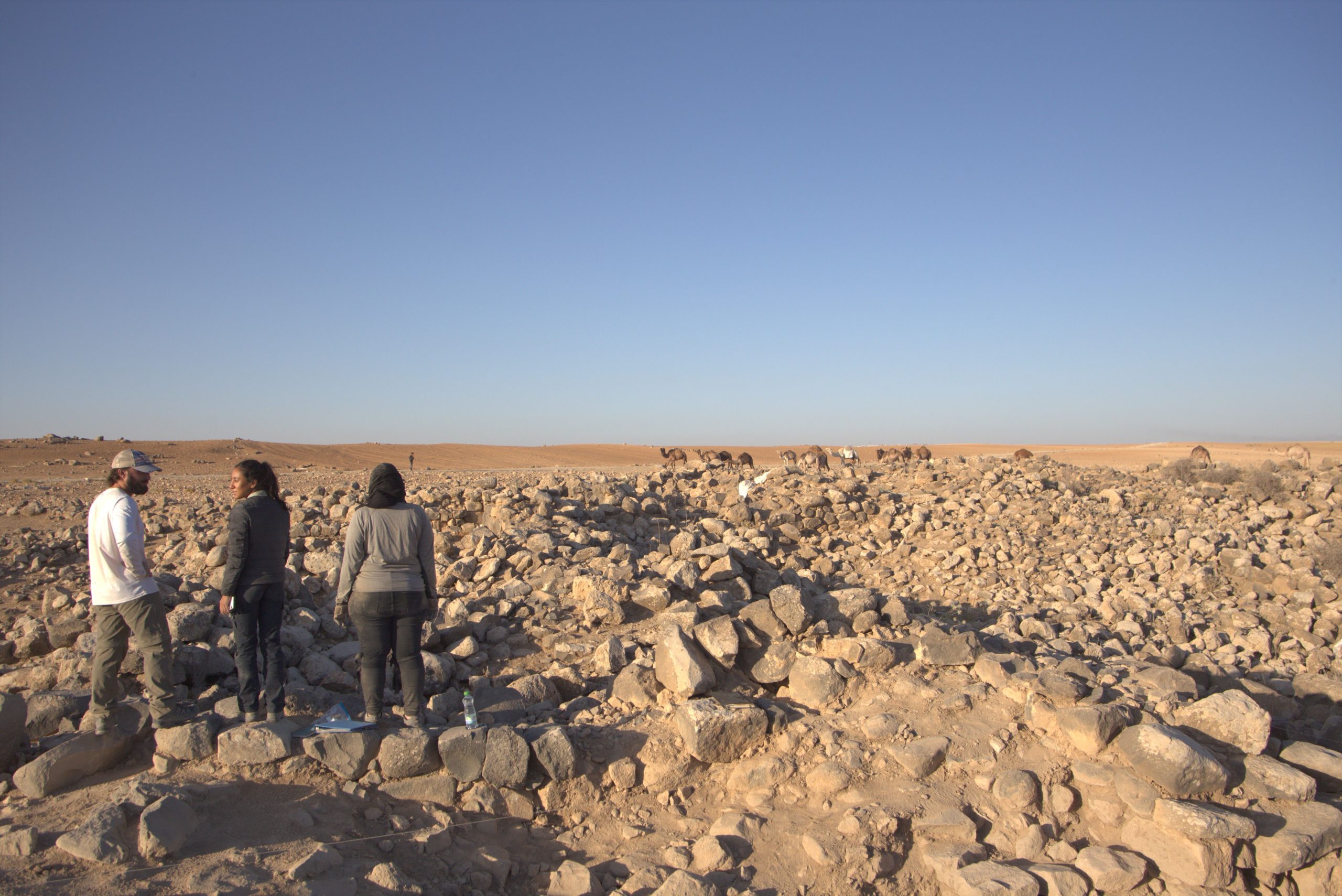
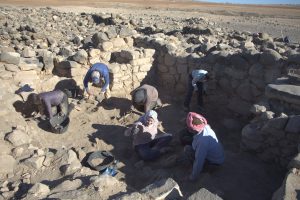
Team Khan (Jadah Ryan, Peter Tucci, Saraa Myran, London Perlis, Roma Aatifi, and ‘Ammar Hijazin) hard at work
The BRAP Islamic Village Excavations will investigate these economic aspects of the site, as well as the social structure of the village, the daily lives of the site’s residents, and the environment of the Karak Plateau. We chose to begin our work in the Khan, however, in order to more accurately determine the original function of the building and to better understand its relationship to the village itself. The excavations this season revealed remodeling and reuse of the Khan early in the Late Islamic period (probably the 16th or 17th century AD) as a living space, storeroom, or both. The Khan may have gone out of use as a result of the eastward shift of the hajj route under the Ottomans in the 16th century, but its reuse not long after this shows that the village maintained a thriving agricultural economy.
.
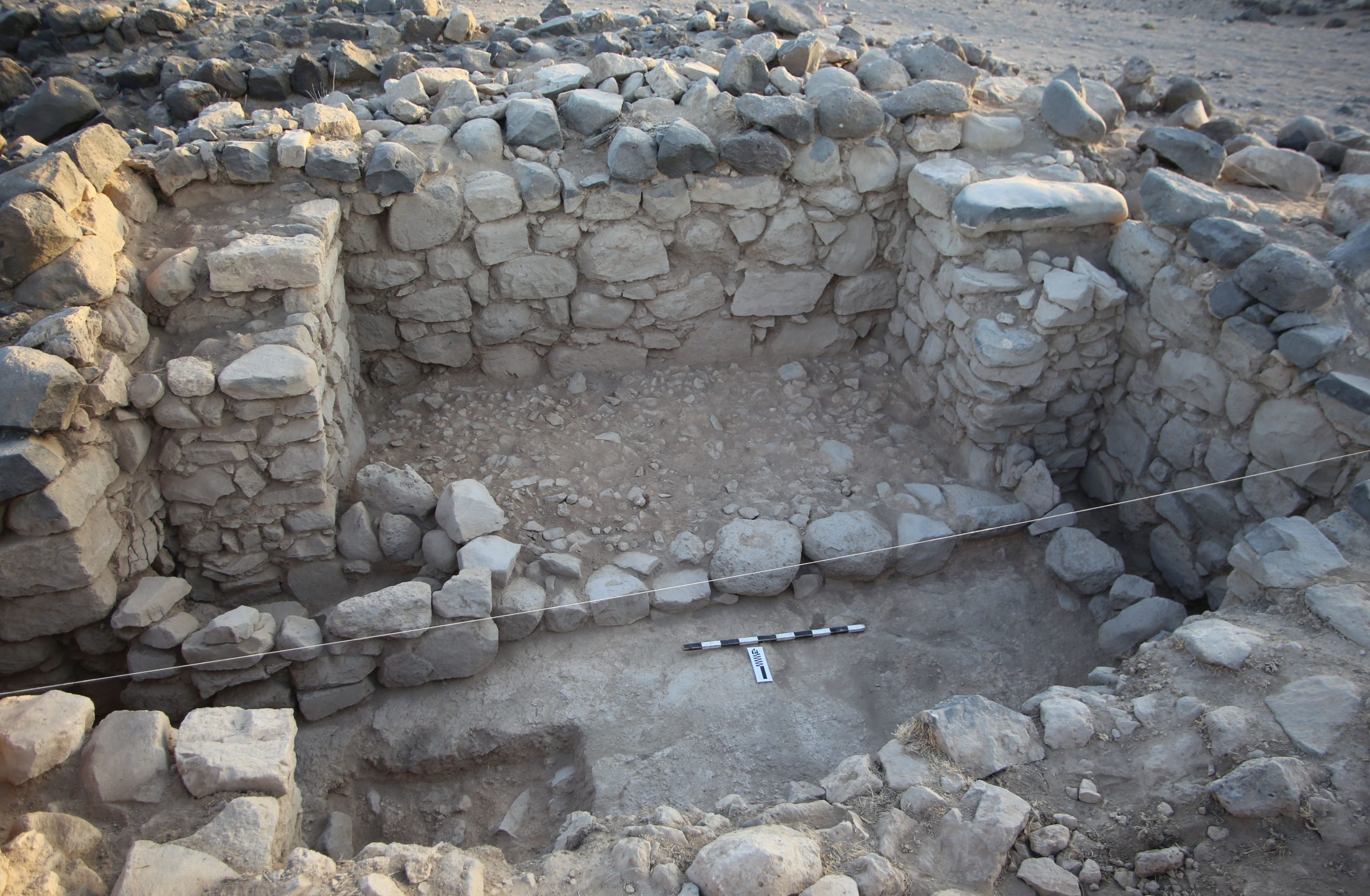
We plan to continue investigating this economic transition in future BRAP season, and we thank ASOR for supporting the establishment of our long-term research into the Islamic period on the Karak Plateau, an important but understudied facet of the archaeology of Jordan.
-Ian Jones, Field Director of the Middle Islamic Village,
University of California, San Diego
American Society of Overseas Research
The James F. Strange Center
209 Commerce Street
Alexandria, VA 22314
E-mail: info@asor.org
© 2023 ASOR
All rights reserved.
Images licensed under a Creative Commons Attribution-NonCommercial-ShareAlike 4.0 International License
COVID-19 Update: Please consider making payments or gifts on our secure Online Portal. Please e-mail info@asor.org if you have questions or need help.